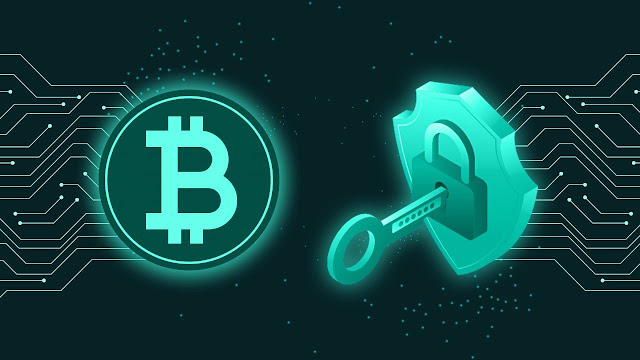What's Going On with Cyber and Physical Convergence?
Introduction
In the rapidly evolving digital
landscape, the convergence of cyber and physical systems is becoming
increasingly prevalent. This phenomenon refers to the integration and
interdependency between the digital world of cyberspace and the physical realm
of tangible objects and infrastructure. The fusion of these domains has
far-reaching implications for society, businesses, and individuals alike. This
article delves into the current state of cyber and physical convergence,
exploring its implications and potential future developments.
The
Emergence of Cyber-Physical Systems
The convergence of cyber and
physical systems has led to the emergence of cyber-physical
systems (CPS). CPS involves the integration of sensors, actuators, and
computational power into physical entities, enabling them to collect and
process data while interacting with the physical environment. These systems are
the backbone of various applications, including smart cities, autonomous
vehicles, industrial automation, and healthcare technologies.
The
Impact on Security
With the growing
interconnectedness of cyber and physical systems, security concerns have become
paramount. The convergence amplifies the potential for cyber-physical attacks,
where vulnerabilities in digital systems can have direct physical consequences.
For instance, a cyber-attack on critical infrastructure like power grids or
transportation systems could disrupt essential services and endanger lives.
Therefore, safeguarding these systems against cyber threats has become a
pressing challenge, requiring robust security measures, collaboration between
stakeholders, and effective risk management strategies.
Enhancing
Efficiency and Automation
One of the key benefits of cyber
and physical convergence is the ability to enhance efficiency and automation
across various sectors. By integrating digital technologies into physical
processes, organizations can optimize operations, reduce costs, and increase
productivity. For example, in the manufacturing industry, the adoption of the Industrial Internet of Things (IIoT) enables real-time monitoring of equipment,
predictive maintenance, and streamlined supply chain management. These
advancements result in improved operational efficiency, reduced downtime, and
enhanced overall performance.
Transforming
Urban Spaces
The convergence of cyber and
physical systems is revolutionizing the concept of smart cities. By leveraging
data and technology, cities can improve the quality of life for residents,
optimize resource management, and create sustainable environments. Through
interconnected systems, sensors, and data analytics, cities can monitor and
manage traffic flow, enhance public safety, and provide efficient energy
management. Moreover, citizen engagement is encouraged through mobile
applications and platforms, allowing individuals to actively participate in
shaping their urban environment.
Ethical
and Privacy Considerations
As cyber and physical convergence
advances, ethical and privacy concerns must be addressed. The increased
collection and utilization of personal data raises questions about data
ownership, consent, and transparency. Striking a balance between the benefits of
data-driven systems and safeguarding individual privacy is crucial.
Policymakers and industry stakeholders must collaborate to develop frameworks
that protect privacy while fostering innovation and societal progress.
Future
Challenges and Opportunities
As technology continues to
evolve, the convergence of cyber and physical systems will face both challenges
and opportunities. Interoperability among different systems and standards will
be vital for seamless integration and collaboration. Additionally, addressing
the shortage of skilled professionals capable of managing complex
cyber-physical environments will be crucial. Embracing emerging technologies
like artificial intelligence, blockchain, and quantum computing can unlock new
possibilities while necessitating a careful assessment of associated risks.
Conclusion
The convergence of cyber and
physical systems is a transformative trend that is reshaping our world. From
improving efficiency and automation to transforming urban spaces, the
integration of digital technologies with physical entities offers immense
potential. However, this convergence also introduces new security risks,
ethical concerns, and privacy considerations that must be carefully managed. As
we navigate this digital frontier, it is essential for governments, businesses,
and individuals to work together to harness the benefits while addressing the
challenges associated with cyber and physical convergence.
Author Bio
Tobin John is a research-based content writer for Research
Prospect. He provides ideas for dissertation topics, dissertation ideas
and many more services to students of all levels, and their experts are all
UK-qualified. Mr Tobin holds a PhD degree in mass communication. He
loves to express his views on various issues, including education, technology,
and more.




Comments
Post a Comment